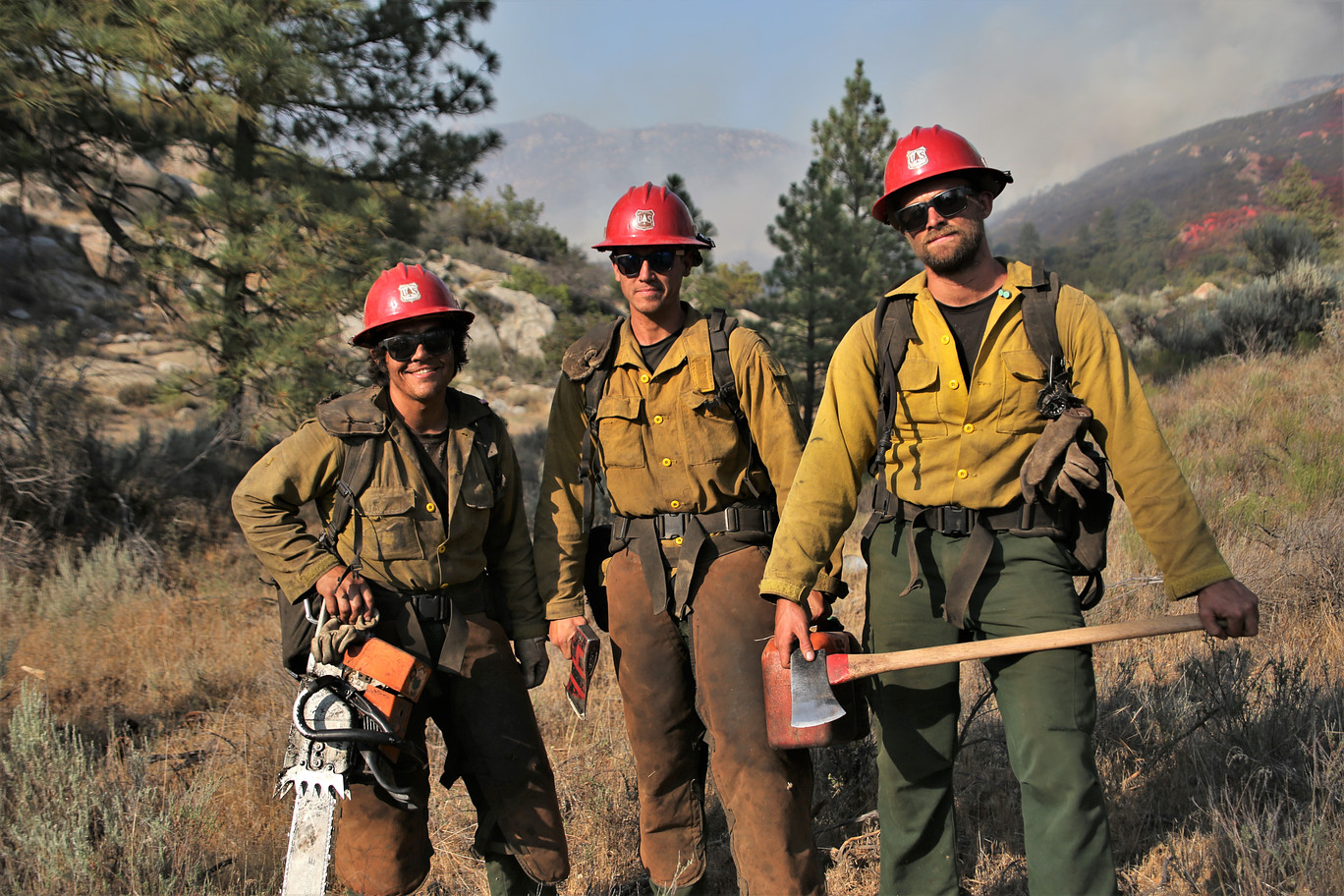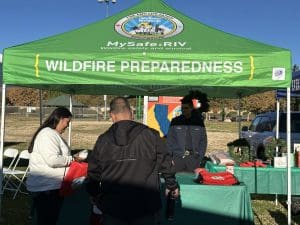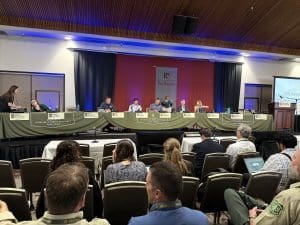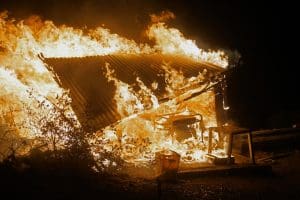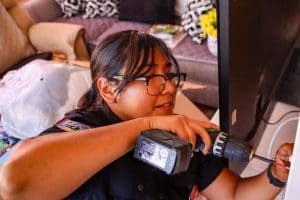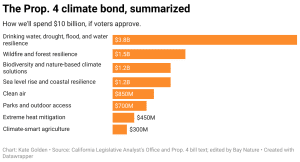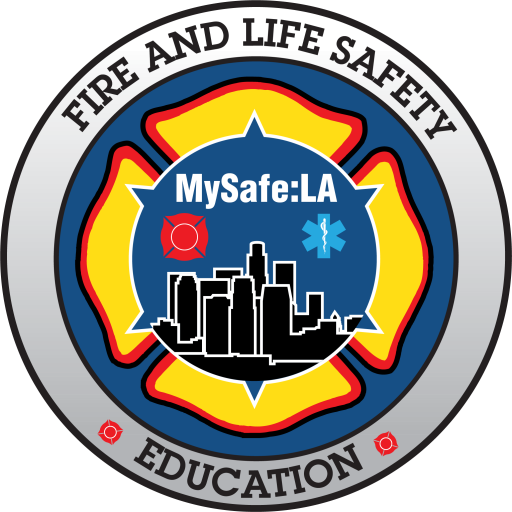Have you considered how prepared your home is for wildfire? Times are changing quickly, and now, more than ever, it’s important for homeowners to take responsibility for making their homes and surrounding areas more resilient. This effort also extends to your neighbors’ homes because if one house catches fire, the heat and embers can easily spread to others nearby.
Creating an NFPA Firewise community or a Fire Safe Council may seem overwhelming. There are various steps to go through, which can feel too much to handle until you actually get involved.
Our focus is on encouraging Homeowners Associations (HOA) or Property Owners Associations (POA) to become Fire Safe Councils, and for groups of homes within these associations to apply for NFPA Firewise recognition. However, there’s an essential first step any group of homeowners can take to pave the way: becoming a “wildfire-adapted” community.
A wildfire-adapted community proactively reduces wildfire risks through planning, building practices, and community cooperation. Here are the main benefits of such a community:
Enhanced Safety: Using fire-resistant building materials, creating defensible space around homes, and managing vegetation properly can significantly reduce the likelihood of wildfires reaching homes and critical infrastructure, making the community safer.
Better Resilience to Wildfires: Wildfire-adapted communities can withstand and bounce back from wildfires more quickly. Preparedness measures like evacuation plans, well-maintained emergency routes, and clear communication ensure swift, organized responses when fires occur.
Less Property and Ecosystem Damage: Strategies like prescribed burns, vegetation thinning, and fuel reduction help control wildfire intensity, reducing damage to homes, properties, and natural ecosystems.
Lower Emergency Costs: Preventative actions lessen the scale and severity of fires, which lowers the expenses for firefighting, evacuations, and recovery efforts—especially crucial in areas prone to wildfires.
Stronger Community Bonds: Building a wildfire-adapted community fosters a sense of shared responsibility among residents, local governments, and emergency services. This teamwork boosts preparedness and response as the community works together to reduce fire risks.
By adopting wildfire-adapted practices, communities can greatly diminish the destructive effects of wildfires and create a safer, more resilient place to live.

